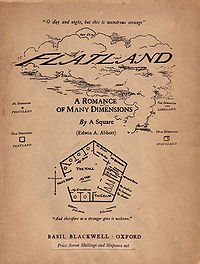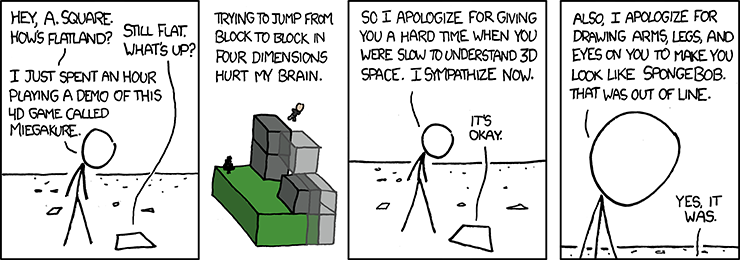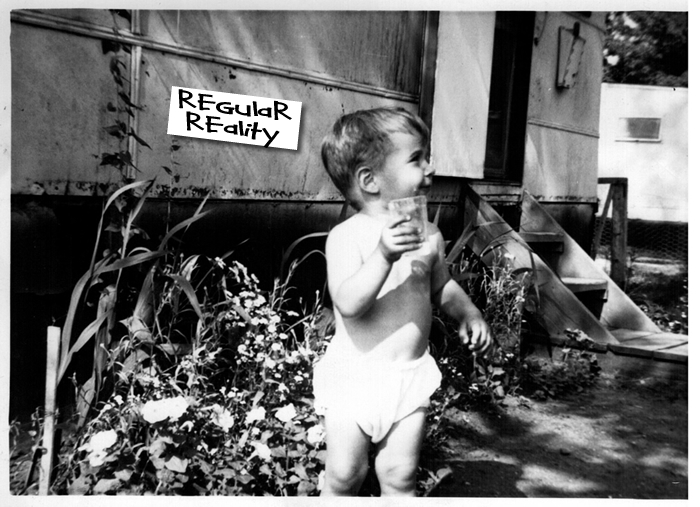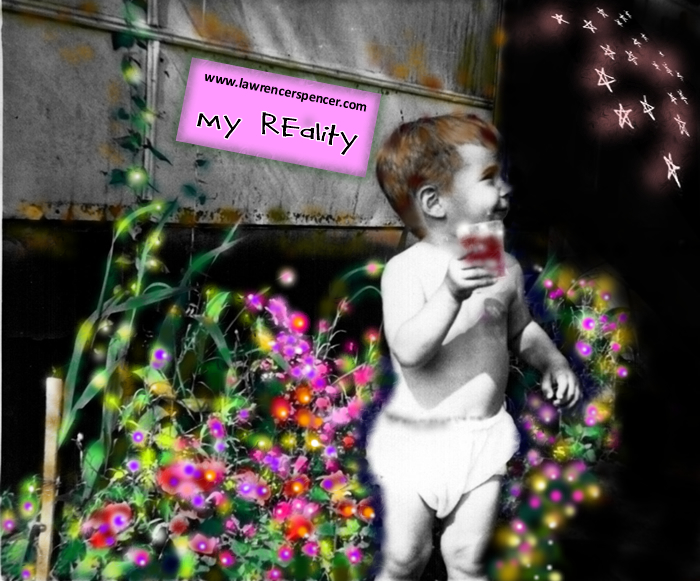Republished by Blog Post Promoter
Category Archives: ART
Paintings, photography, aesthetic objects, beautiful communication, and anything I consider to be art, artful, artistic, artsy or whatever.
Art is subjective. It is a quality of communication can be contributed to by the viewer through empathy or agreement with its creator.
A DIFFERENT WAY
Republished by Blog Post Promoter
REALITY IN FLATLAND
Republished by Blog Post Promoter
Here is some interesting food for thought from Thomas Campbell’s My Big TOE (Theory of Everything):
 “If you have read Flatland, it will be clear that the ordinary residents of a given reality can only observe and understand interactions within their own reality and the interactions of residents of realities that are more highly constrained than their own. Residents of a more constrained reality cannot comprehend a less constrained reality because it lies beyond the limits of their normal perception.
“If you have read Flatland, it will be clear that the ordinary residents of a given reality can only observe and understand interactions within their own reality and the interactions of residents of realities that are more highly constrained than their own. Residents of a more constrained reality cannot comprehend a less constrained reality because it lies beyond the limits of their normal perception.
Each dimension of reality has its own rules that define its objective science. Additionally, each dimension of reality experiences the next higher (less limited) dimension as subjective and mystical. Consequently, your mysticism may be another’s science: It depends on how big a picture you live and work in, and the degree to which restraints limit your perception. The perspective from the next higher dimension provides a bigger picture with a more complete understanding. This more comprehensive, complete, and less restrictive knowledge is only accessible to lower dimensional beings (those with a more constrained awareness) through the experience of their individual locally-subjective mind.
Consequently, a mystic could be a scientist from a higher dimension, or a delusional fool hopelessly caught in a distorted web of belief. How do you know which is which? A good question! ”
_________________________________________
Flatland: A Romance of Many Dimensions is an 1884 satirical novella by the English schoolmaster Edwin Abbott Abbott. Writing pseudonymously as “a Square”,Abbott used the fictional two-dimensional world of Flatland to offer pointed observations on the social hierarchy of Victorian culture. However, the novella’s more enduring contribution is its examination of dimensions.
SIMPLICITY
Republished by Blog Post Promoter
EVIL BEINGS CAUSE CHAOS.
GOOD BEINGS CREATE
ORDER AND BEAUTY
FROM THE CONFUSION
THEY CAUSE.
__________
Lawrence R. Spencer /2013






